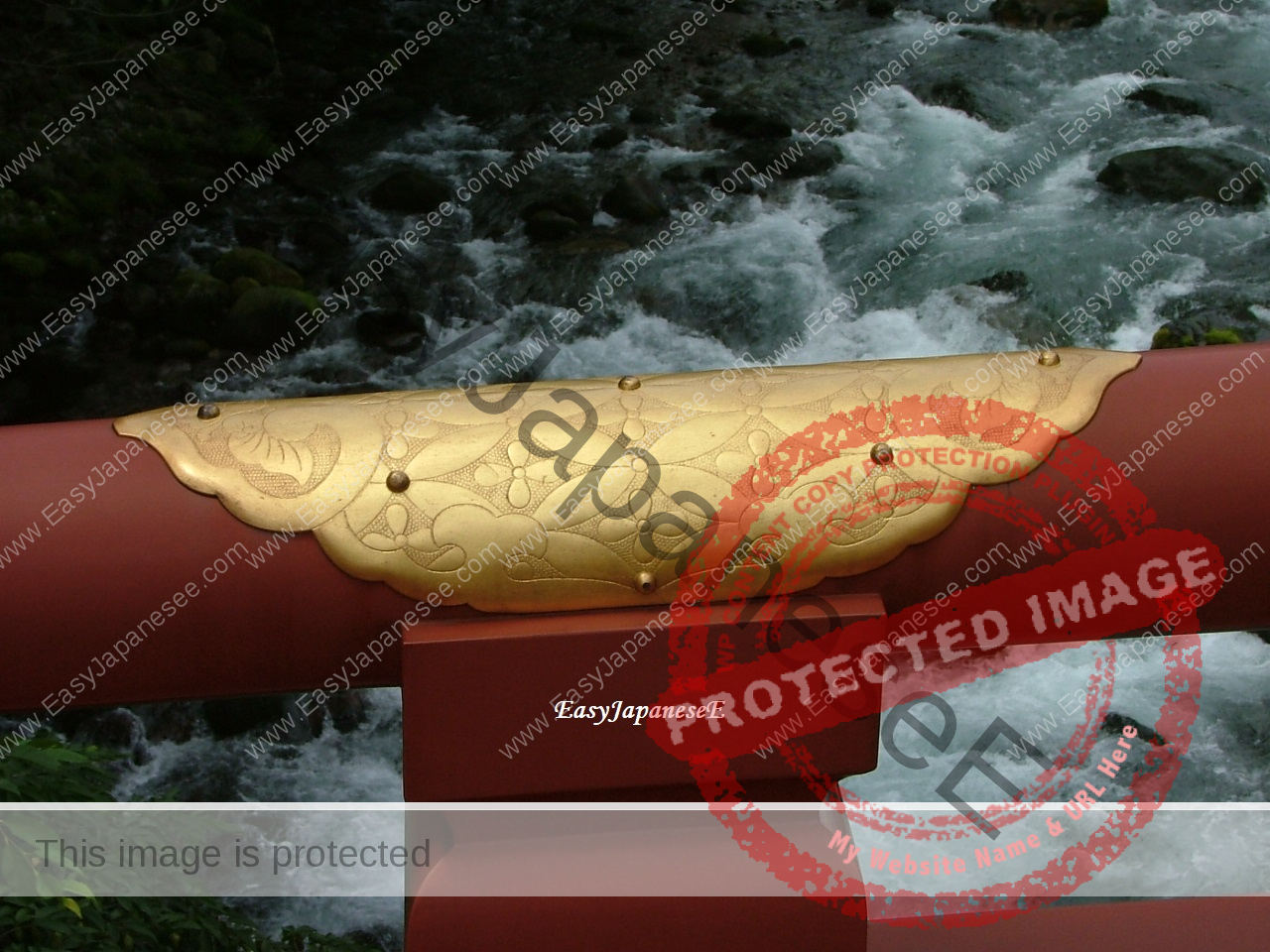How to make てform
- Verbs
- ichi-dan verbs: -ます ⇒ -て
- go-dan verbs: change depending on the letter before ます
- -い、-ち、-り・ます ⇒ って
- かいます⇒かって (to buy)
- まちます⇒まって (to wait)
- とります⇒とって (to take)
- -み、-に、-び・ます ⇒ んで
- のみます⇒のんで (to drink)
- しにます⇒しんで (to die – sorry it’s not a nice word, but this is the only 5-dan verb in the な line)
- とびます⇒とんで ( to fly, to jump)
- -きます ⇒ いて
- ききます⇒きいて (to listen to)
- -ぎます ⇒ いで
- いそぎます⇒いそいで (to hurry)
- -します ⇒ して
- かします⇒かして ( to lend)
- -い、-ち、-り・ます ⇒ って
- irregular verbs
- きます ⇒ きて (to come)
- します ⇒ して (to do)
- いきます ⇒ いって (to go)
- いadjectives: -い ⇒ くて
- なadjectives: add で (This で comes from です)
Connection
~ [てform] …
Meaning
~ and ・・・
In case of 2 verbs connected, the actions happened in the chronological order
Examples
- きのう テレビで みて、すぐに かいに いきました。
I saw it on TV yesterday and went to buy it straight away. - きのう ケーキを かって、きょう たべました。
I bought a cake yesterday and ate it today. - まいにち 5キロ はしって、1キロ およぎます。
I run 5 kms and swim 1 km everyday. - まいにち ほんを よんで、おいのりして から ねます。
I go to bed every night after I read and pray. - むすこは ともだちと あそんで、たのしそう でした。
My son played with with his friends and looked happy. - まいにち 日本語の ラジオを きいて、日本語を べんきょうします。
Everyday I listen to a Japanese radio program and study Japanese. - きのうは 3キロ およいで、5キロあるきました。
Yesterday I swam 3 kms and walked 5 kms. - ははは きのう たくさん かいものを して、いろいろな りょうりを つくりました。
My mum did lots of shopping and cooked various dishes yesterday. - ジョンさんは きのう かいしゃに きて、コンピューターを もって かえりました。
John came to the office yesterday and took his computer home. - あした かいものに いって、けいたいを かいます。
I will go shopping tomorrow and buy a mobile phone. - このケーキは あまくて、おいしいです。
This cake is sweet and nice. - ジョンさんは せがたかくて、ハンサムです。
John is tall and handsome. - メアリーさんは きれいで、しんせつです。(きれい is a なadjective)
Mary is pretty and kind. - この やさいは しんせんで、おいしかったです。
This vegetable was fresh and delicious. - わたしは 日本人で 日本語きょうし です。(で is connecting 2 ideas here, not just 2 nouns.)
I’m a Japanese national and I’m a Japanese language teacher.
Suggestion for Activities
- Change the following verbs into てform.
- Choose 2 of the following verbs and make a sentence that describes what you do/did in the chronological order.
1-dan Verbs (Change ます to て)
| あけます | to open |
| おります | to alight (e.g. from bus), to get off |
| きえます | to go out, to vanish |
| こたえます | to answer, to reply |
| つかれます | to get tired, to tire |
| つとめます | to serve, to work (for), to make efforts |
| でかけます | to go out |
| できます | to be made, to be able |
| でます | to appear, to leave |
| みせます | to show, to display |
| わすれます | to forget |
5-dan Verbs (Follow the rules shown above)
| あそびます | to play, to enjoy oneself |
| あるきます | to walk |
| およぎます | to swim |
| きります | to cut, to chop |
| しります | to get to know |
| すわります | to sit |
| たちます | to stand up |
| とびます | to fly, to hop, to jump |
| とまります | to come to a halt, to stop |
| なきます | (for people) to cry, to weep, (for birds) to sing, (for animals) to make sound |
| なくします | to lose something |
| のぼります | to climb |
| はいります | to enter, to contain, to hold |
| はしります | to run |
| はたらきます | to work |
| まがります | to turn, to warp |
| まちます | to wait |
| みがきます | to brush (teeth), to polish |
| もちます | to hold, to possess, to have |
| やすみます | to rest, to have a break, to take a day off |
| わたります | to cross over, to go across |
If you liked this post, please share it with your friends via your social media accounts. Your support will be appreciated!


One Reply to “~てform … (~and…)”